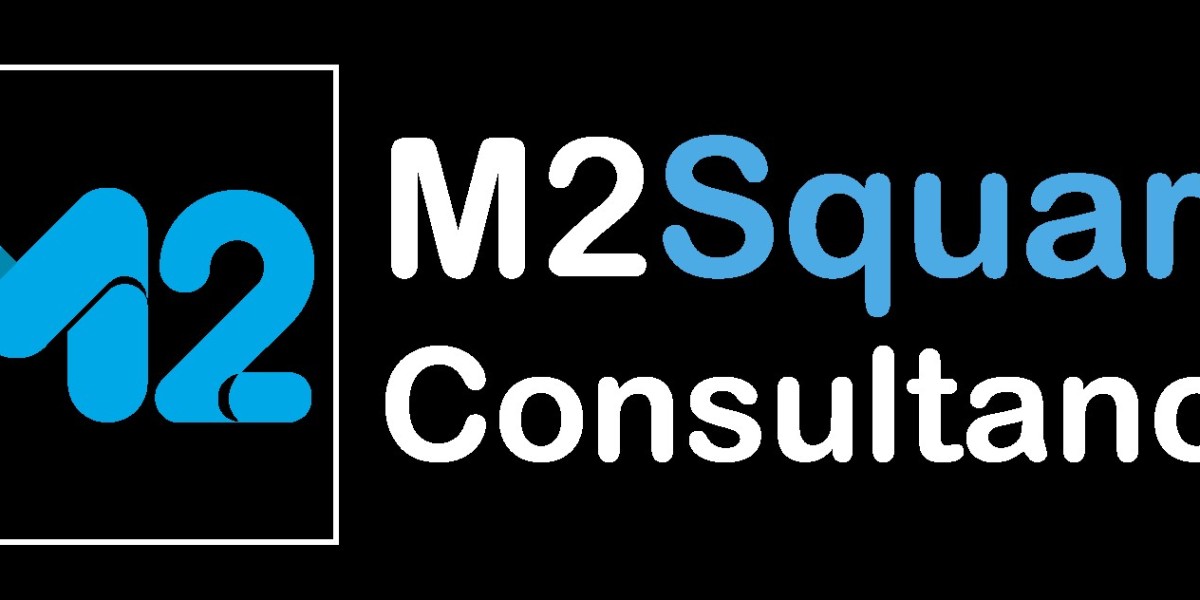In modern process industries, valves play a critical role in maintaining precise control of fluid flow, pressure, and temperature. Whether in chemical plants, power generation units, or mining operations, the reliability of valves directly affects productivity and safety. However, harsh operating conditions—such as corrosive chemicals, abrasive slurries, and high temperatures—often cause premature wear and failure of conventional metal valves.
This is where ceramic valves come in. With their exceptional hardness, corrosion resistance, and durability, ceramic valves have become the ideal solution for many flow control challenges faced in demanding process environments.
1. Problem: Severe Corrosion in Chemical and Acidic Media
One of the most persistent issues in chemical and petrochemical industries is valve corrosion. Fluids like acids, alkalis, and solvents aggressively attack metallic surfaces, leading to pitting, rusting, and eventual leakage. Even stainless steel or alloy valves struggle to withstand prolonged exposure to such environments.
Ceramic Solution:
Ceramic materials such as alumina, zirconia, and silicon carbide are chemically inert and virtually immune to most acids and corrosive agents. By lining the valve body and internal components with ceramics, the valve becomes highly resistant to chemical attack. This significantly extends service life, ensures leak-proof performance, and eliminates frequent replacements.
For example, in sulfuric acid or hydrochloric acid handling lines, ceramic lined ball valves maintain consistent operation for years without corrosion-related failures.
2. Problem: Erosion Caused by Abrasive Slurries
Industries such as mining, power generation, and paper processing often transport abrasive materials—slurries containing sand, ash, lime, or metal particles. These materials erode valve seats, balls, and discs, leading to loss of sealing integrity and premature breakdown.
Ceramic Solution:
Ceramics are much harder than metals, with a Mohs hardness rating above 9. This makes them highly resistant to wear and erosion caused by particle-laden fluids. In slurry handling systems, ceramic valves prevent internal surface degradation and maintain a tight seal even under continuous abrasive exposure.
For example, in fly ash handling or ore slurry transport, ceramic butterfly and ball valves last several times longer than alloy-based ones, reducing downtime and replacement costs.
3. Problem: High Maintenance and Frequent Valve Replacement
In many process plants, valve replacement and repair are among the top contributors to operational downtime. Metal valves often require periodic maintenance due to wear, corrosion, or seat damage—leading to high maintenance costs and process interruptions.
Ceramic Solution:
Ceramic valves are engineered for long maintenance-free service. Their internal ceramic linings provide superior resistance to friction, temperature, and chemical attack. As a result, these valves can operate continuously without frequent servicing.
Many industries report a five to ten times increase in service life after switching to ceramic lined valves. This not only cuts maintenance costs but also improves plant uptime and reliability.
4. Problem: Leakage Under High Pressure or Temperature
Metal valves exposed to extreme temperature or pressure variations often experience deformation, resulting in micro-leakage or complete seal failure. Over time, this can cause product loss, contamination, and even safety hazards in critical pipelines.
Ceramic Solution:
Ceramic valves maintain dimensional stability even at high temperatures (up to 1000°C) and pressures. The ceramic seat and ball combination ensures tight sealing, with minimal thermal expansion. This makes ceramic valves ideal for high-temperature chemical reactions, steam lines, and power generation systems where tight shutoff is essential.
Unlike metal valves, ceramics do not deform, ensuring consistent performance and zero-leak sealing over long operational cycles.
5. Problem: Cavitation and Noise in Control Applications
Cavitation occurs when fluid pressure drops below vapor pressure, causing vapor bubbles that collapse and damage valve internals. This not only produces noise and vibration but also leads to severe pitting and erosion in control valves.
Ceramic Solution:
Ceramic control valves can be designed with multi-stage trim and anti-cavitation designs. The hard ceramic material withstands bubble collapse energy and reduces the rate of erosion dramatically. In addition, ceramic internals absorb shock and dampen noise, resulting in smoother flow control.
In power and desalination plants, ceramic globe and control valves are preferred for high-pressure flow regulation, where cavitation is a common problem.
6. Problem: Inefficiency in Handling Slurries and Viscous Media
When handling slurry or viscous liquids, standard metal valves often jam or seize due to material buildup. This restricts movement, reduces efficiency, and may require manual cleaning or replacement.
Ceramic Solution:
The smooth, non-stick surface of ceramic linings prevents the accumulation of viscous or sticky materials. This self-cleaning behavior allows uninterrupted operation even in challenging slurry lines. Ceramic valves provide a consistent flow rate and minimize clogging, especially in pipelines carrying lime, fly ash, or pulp mixtures.
This leads to more efficient operation, reduced downtime, and improved process stability.
7. Problem: Short Service Life in Harsh Environments
In industries like mining and chemical processing, valves are exposed to simultaneous chemical corrosion, high pressure, and solid particle erosion. These extreme conditions reduce the life of traditional metal valves drastically.
Ceramic Solution:
By using advanced technical ceramics, manufacturers produce valves capable of withstanding the harshest conditions. Ceramic ball and gate valves retain their sealing properties even after prolonged exposure to abrasive and corrosive fluids. This results in significantly longer service life and lower total cost of ownership.
8. Problem: Unplanned Downtime and Production Losses
Every time a valve fails, the entire system may need to be shut down for repair or replacement. Unplanned downtime causes production delays and financial losses, especially in continuous process industries.
Ceramic Solution:
Because ceramic valves operate reliably under severe conditions, they drastically reduce the risk of sudden failure. Their long-lasting performance ensures steady operation without unexpected interruptions. As a result, plants achieve higher productivity, consistent output, and reduced risk of process disruption.
Conclusion
Ceramic valves have revolutionized the way industries handle aggressive and abrasive fluids. By addressing common challenges such as corrosion, erosion, leakage, and maintenance, they provide a dependable and cost-effective solution for long-term operations.
From chemical processing to power generation and mining, ceramic lined valves ensure durability, reliability, and efficiency even in the most demanding environments. Investing in ceramic valve technology not only enhances process performance but also reduces lifecycle costs, making it a smart choice for industries that demand excellence in flow control.







